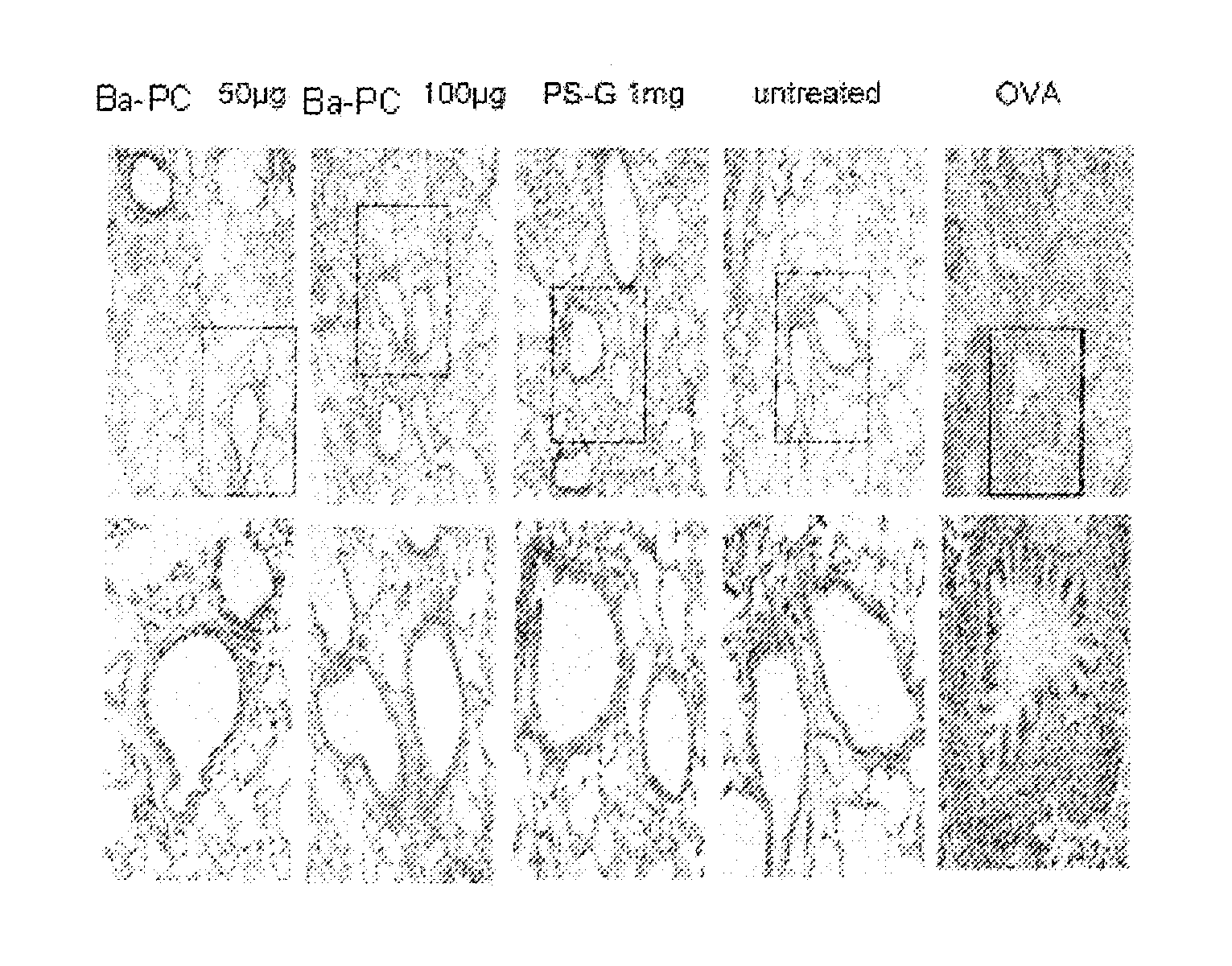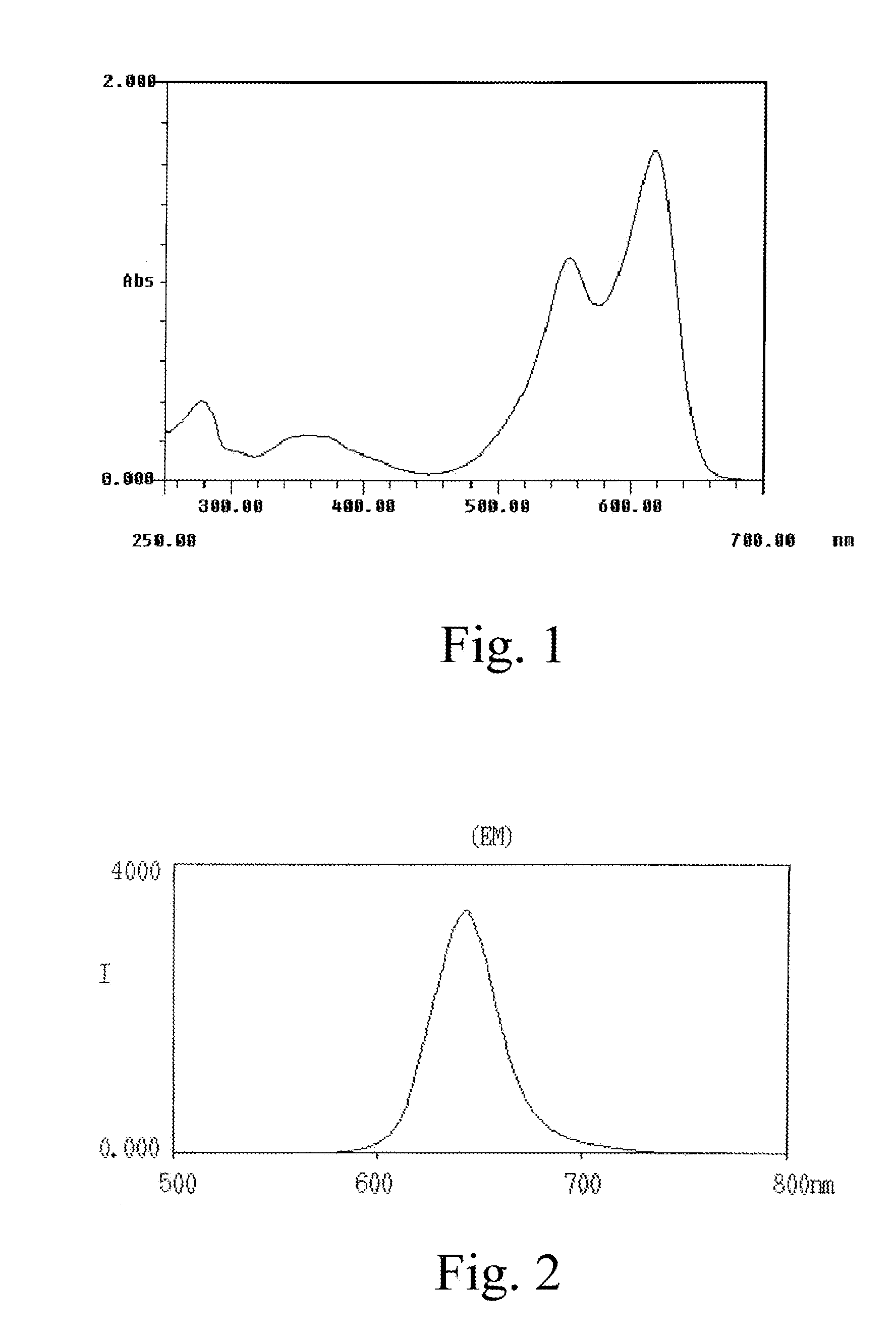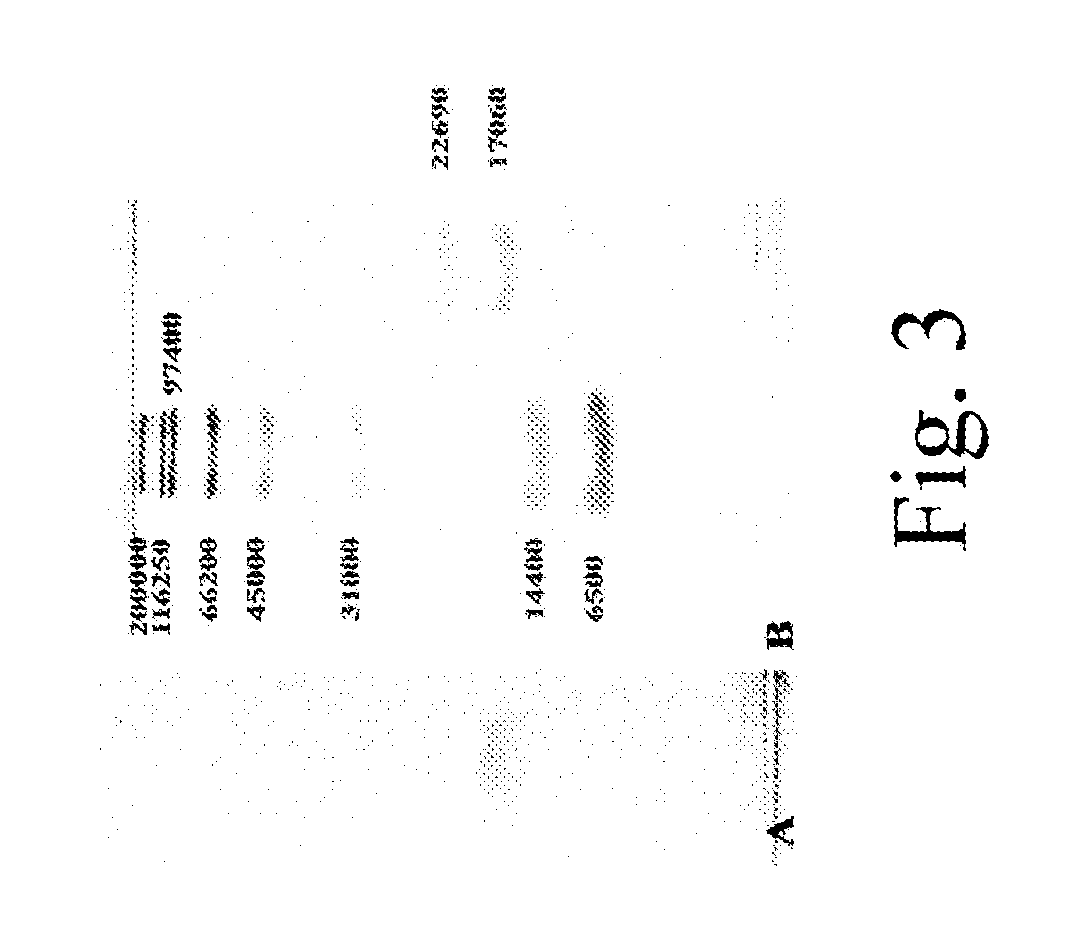Methods for Treating Allergic Disease
a technology of phycobiliprotein and immune response, applied in the field of methods for treating allergic diseases, can solve the problems that no literature or publications have explored and disclosed the effects of phycobiliprotein including phycocyanin on immune response modulation, and achieve the effects of low cost, safe drinking and eating, and effective treatmen
- Summary
- Abstract
- Description
- Claims
- Application Information
AI Technical Summary
Benefits of technology
Problems solved by technology
Method used
Image
Examples
example 1
Preliminary Analysis of Cytokine Production of Ba-PC Crude Extract-Pulsed Bone Marrow Derived Dendritic Cells
[0098]Ba-PC crude extract was obtained as described in “2. Preparation of Ba-PC”. Ba-PC crude extract-treated and untreated bone marrow derived dendritic cells (BMDCs) were prepared and cultured as described in “3. Isolation and modulation of mouse dendritic cells from bone marrow cultures”. BMDCs were treated with or without 18.8 μg / ml of Ba-PC crude extract for 48 hours. For comparison, BMDCs were also treated with 12.5 μg / ml of Ba-PC crude extract free of endotoxin for 48 hours. The Ba-PC crude extract without endotoxin (denoted as endotoxin-free Ba-PC) was prepared by passing the Ba-PC crude extract through an endotoxin removing column [Detoxi-Gel Endotoxin Removing Gel (PIERCE)] per the manufacture's manual. The cultured conditional medium obtained at 48 hrs after initial culturing was collected and analyzed by ELISA.
[0099]As shown in FIGS. 4A and 4B, Ba-PC crude extract...
example 2
Analysis of Cell Marker Expression and Cytokine Production of Ba-PC-Pulsed Bone Marrow Derived Dendritic Cells
[0100]LPS, PS-G or Ba-PC-treated and untreated bone marrow derived dendritic cells (BMDCs) were prepared and cultured as described in “3. Isolation and modulation of mouse dendritic cells from bone marrow cultures”. The cultured conditional medium obtained at 24 hrs and 48hrs after initial culturing was collected and analyzed by ELISA. Expression of surface markers (CD11c, CD80, CD86, IAd, CD40 and CD205) of DCs was analyzed by flow cytometry as described in “4. Flow cytometry”. DCs cultured with LPS or PS-G served as positive controls.
[0101]Compared to LPS-treated DCs, as shown in FIG. 5, expression of cell surface markers related to activation and maturation showed Ba-PC-treated DCs increased. Such results suggested Ba-PC had great potential in modulating immune response. Compared to LPS- or PS-G-treated DCs, as shown in FIGS. 6A and 6B, Ba-PC-treated DCs produced consider...
example 3
Evaluation of Effects of Ba-PC on DC Maturation by Monitoring Endocytosis of DCs
[0102]Dextran uptake of Ba-PC treated DCs was monitored as described in “6. Analysis of DC endocytosis” for evaluating capacity of endocytosis. LPS-treated DCs were used as positive control. Untreated DCs were used as negative control. Compared to untreated DCs, as shown in FIG. 8, a capacity of endocytosis of Ba-PC-treated DC was reduced, indicating that a degree of maturity of the DCs was enhanced by Ba-PC treatment.
PUM
| Property | Measurement | Unit |
|---|---|---|
| wavelengths | aaaaa | aaaaa |
| molecular weight | aaaaa | aaaaa |
| molecular weight | aaaaa | aaaaa |
Abstract
Description
Claims
Application Information
 Login to View More
Login to View More - R&D
- Intellectual Property
- Life Sciences
- Materials
- Tech Scout
- Unparalleled Data Quality
- Higher Quality Content
- 60% Fewer Hallucinations
Browse by: Latest US Patents, China's latest patents, Technical Efficacy Thesaurus, Application Domain, Technology Topic, Popular Technical Reports.
© 2025 PatSnap. All rights reserved.Legal|Privacy policy|Modern Slavery Act Transparency Statement|Sitemap|About US| Contact US: help@patsnap.com



